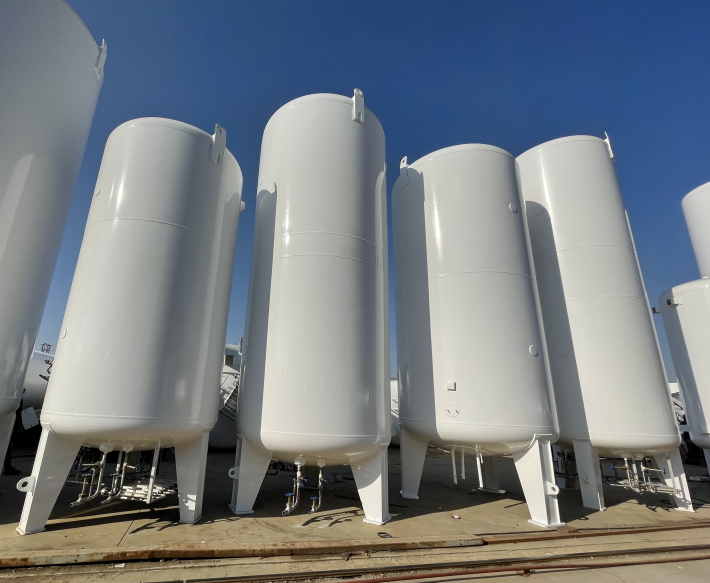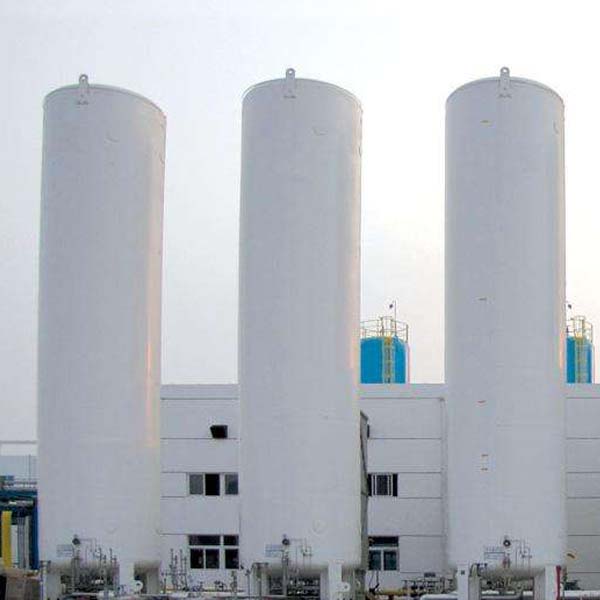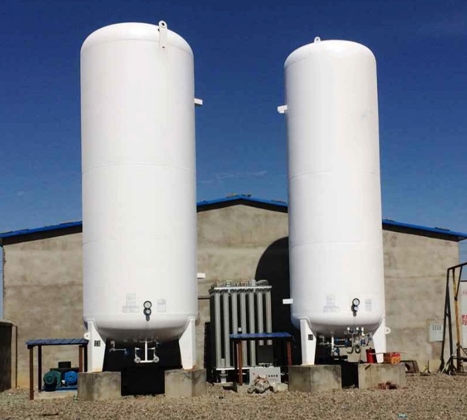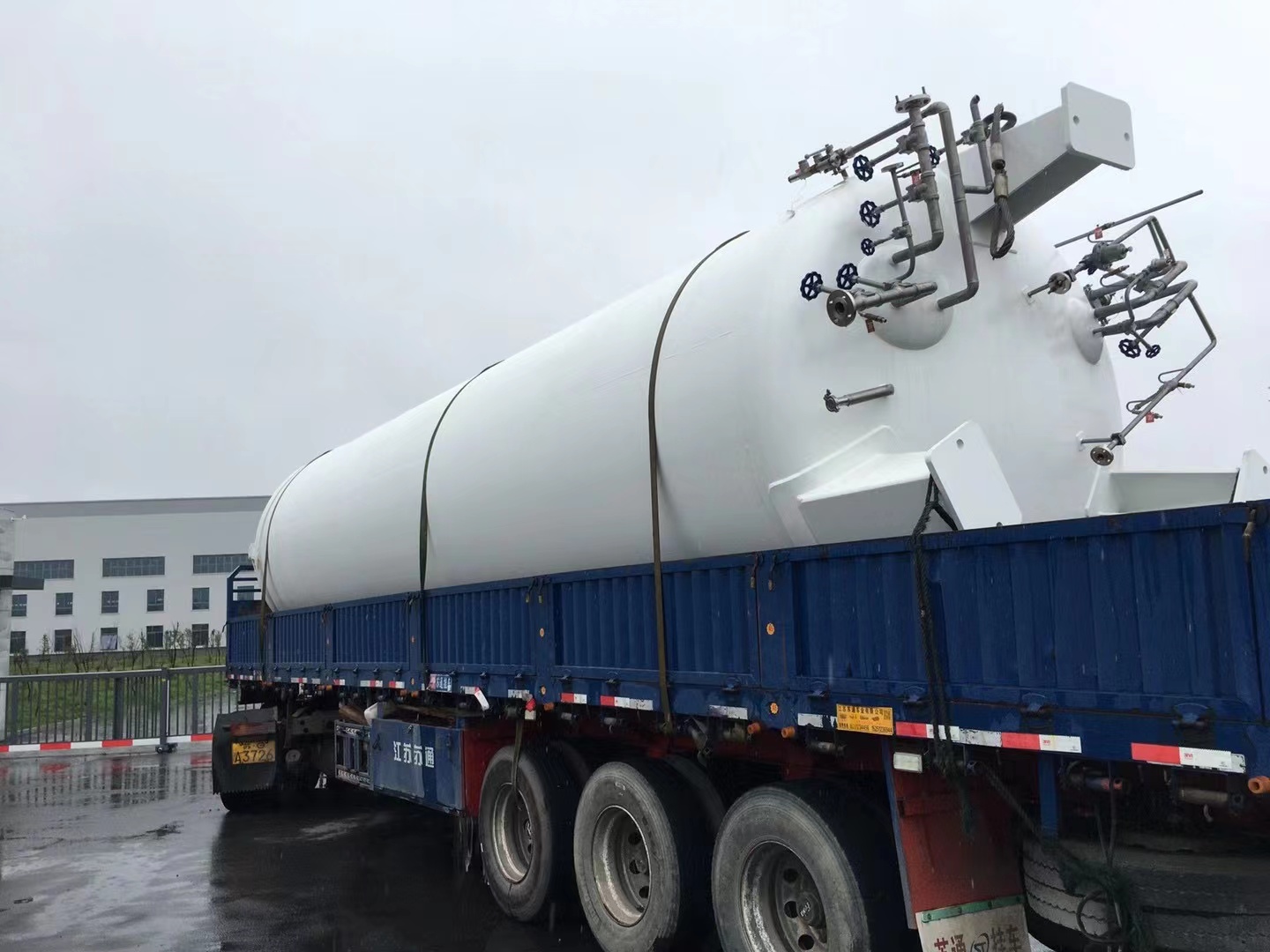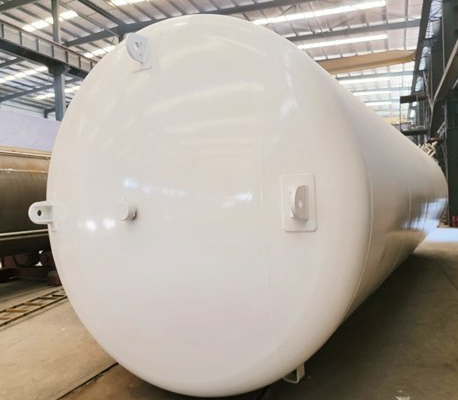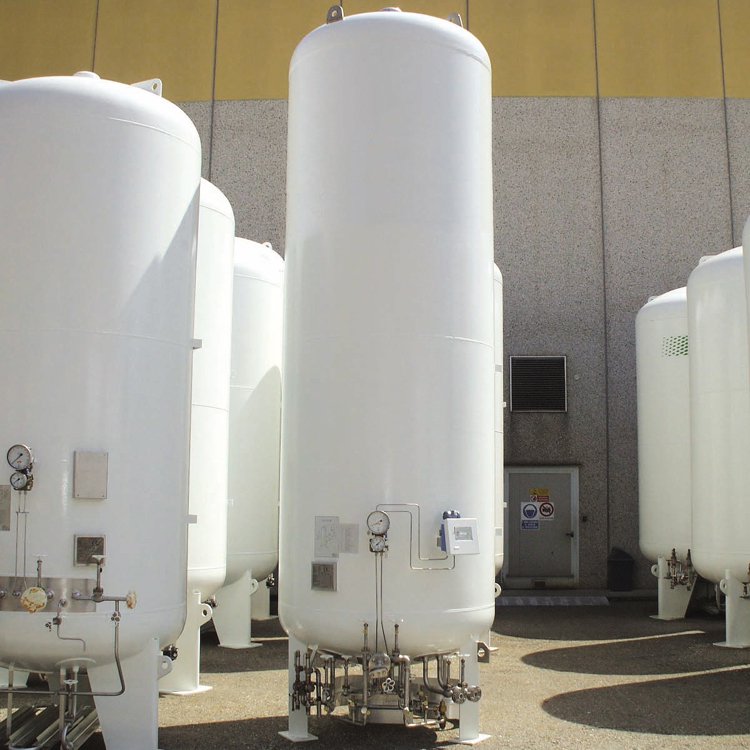Home » cryogenic LNG storage tank » Storage and Transportation of LNG – Ensuring Safety and Reliability
Storage and Transportation of LNG – Ensuring Safety and Reliability
Storing and transporting liquefied natural gas require sophisticated systems to maintain its integrity.
Contact US
Get Price
Share:
Content
Storing and transporting liquefied natural gas require sophisticated systems to maintain its integrity. Here’s how it’s done:
- Storage: LNG is stored in fully sealed tanks with a typical capacity of 160,000 cubic meters. These tanks consist of an inner shell for product storage and an outer shell to prevent leaks. Both shells are insulated, with the inner one made of a special nickel alloy resistant to low temperatures.
- Transportation: Specially designed double-hulled ships transport LNG. The most common cargo hold types are membrane-supported cargo holds and self-supporting B-type spherical (Moss) cargo holds. Both utilize low-temperature materials for sealing, minimizing the daily vaporization rate to below 0.15%.
Since 1964, commercial transportation of LNG via ships has been remarkably incident-free, with no recorded losses in LNG shipments as of the end of 2016 – a testament to the industry’s commitment to safety and efficiency.
Inquiry
More Cryogenic storage tanks

